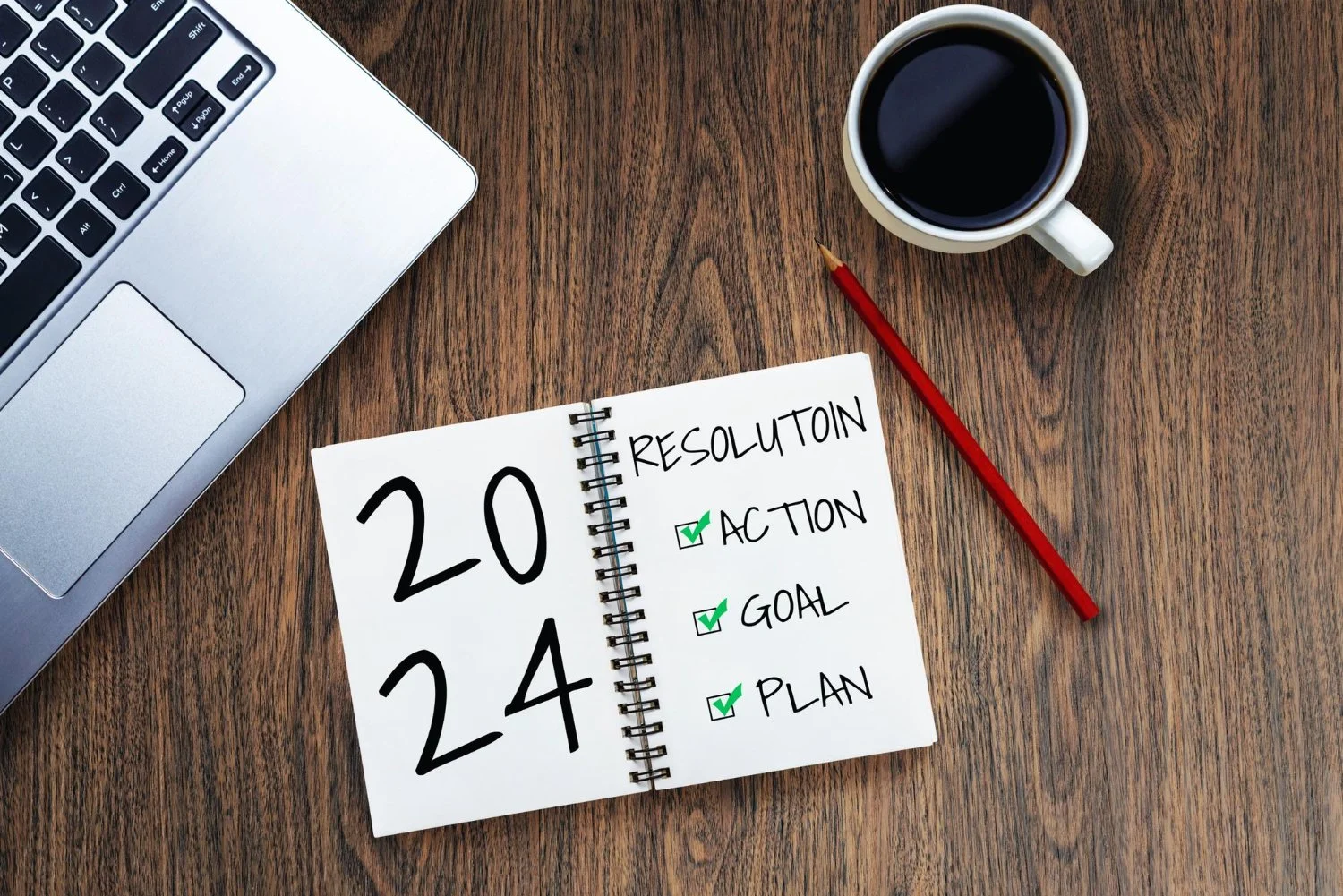What is the benefit of strength training in adolescence?
How To Succeed With Your New Year's Fitness Resolution
How to improve your balance as you get older
How to keep your legs strong over 50
What can you do to maintain shoulder joint health?
Living with Arthritis
Strength & Conditioning: What Most People Miss
What matters most in strength & conditioning? The beauty of sports and the field of exercise science is that there is no ‘one-way fits all’ for athletic development. In fact, on the contrary, there are hundreds of different ways of getting an athlete to achieve the same goals. The million-dollar question is, which one is the best? The best strength coaches are the ones that can not only get an athlete to their goals faster than others, but also do it with the least amount of expense to that athlete. This may not seem like the old school mentality that, ‘the most successful athletes are the ones who beat the crap out of themselves day in and day out’. That mentality, though catchy for motivational videos, doesn’t paint the whole picture. Let me tell you what I mean.
The human body only has so much it can give on any given day/week/month/year. Imagine it like a debit card. You can use the money on that card freely for whatever you choose but the minute you overdraft, there’s going to be a steep cost involved. For an athlete, that overdraft could involve injuries, decreases in performance, exhaustion, etc.
So, lets break it down. Team practices, lifts, individual work, and everyday activities all result in expenses to the funds on that debit card. If we look deeper, even other forms of stress such as school/work load, relationship issues and financial stress can also deplete an athlete’s ‘total available balance’ for a given day.
On the other hand, there are also ways that we can draw an income or make direct deposits to refill that account as we go. These deposits come in the form of rest/sleep hygiene, proper nutrition and several forms of recovery strategies (ex. Stretching, foam rolling, ice baths, aquatic therapy). The higher the income, the more available funds we have at our disposal for athletic development.
The reason I tell you all this is to say that a great variety of skills coaches and strength coaches specialize in helping athletes ‘spend money’ from that account. Few, however, dedicate themselves to the intricate science behind continually refilling that bank account after expenditures. That’s like consistently spending money without a solid income and expecting to not overdraft or get into a lot of debt at some point down the road.
I don’t say all this to condemn tough training regimes. In fact, I’m all for pushing athletes to their limits given the appropriate circumstances. However, all this is to say that you need both sides of the story. If all we focus on is going hard in the gym and we disregard proper recovery strategies, an athlete will not progress as much as they could and it could put them at a high risk of injury. But, if an athlete has better recovery between workouts, they will not only be healthier and reap more benefits from their last training session but they will also be better prepared to capitalize on their next session. If your strength coach is not actively educating you on both sides of the story, then you might be working really hard while also leaving some free gains on the table. Awesome workouts mean nothing if an athlete ends up injured or burnt out when it comes time to perform.








